10 Best Herbal Creams For Rashes

Herbal creams for rashes are natural topical treatments that often contain ingredients like aloe vera, chamomile, calendula, and licorice root, which are known for their soothing and anti-inflammatory properties.
These creams are commonly used to relieve redness, itching, and irritation caused by skin conditions such as eczema, insect bites, or contact dermatitis. Unlike some chemical-based creams, herbal alternatives are generally considered gentle and less likely to cause adverse reactions, making them suitable for sensitive skin. Many herbal creams also have antimicrobial properties that can help prevent infection in broken or irritated skin.
However, while they can provide relief, they may not be sufficient for severe or persistent rashes, and it is advisable to consult a healthcare professional for persistent or worsening symptoms.
FREE Herb Drying Checklist
How to make sure every batch retains maximum flavor, color, and aroma without the risk of mold or over-drying. Eliminate guesswork and trial-and-error, making herb drying faster, easier, and more efficient every time.
Table of Contents
1. Aloe barbadensis
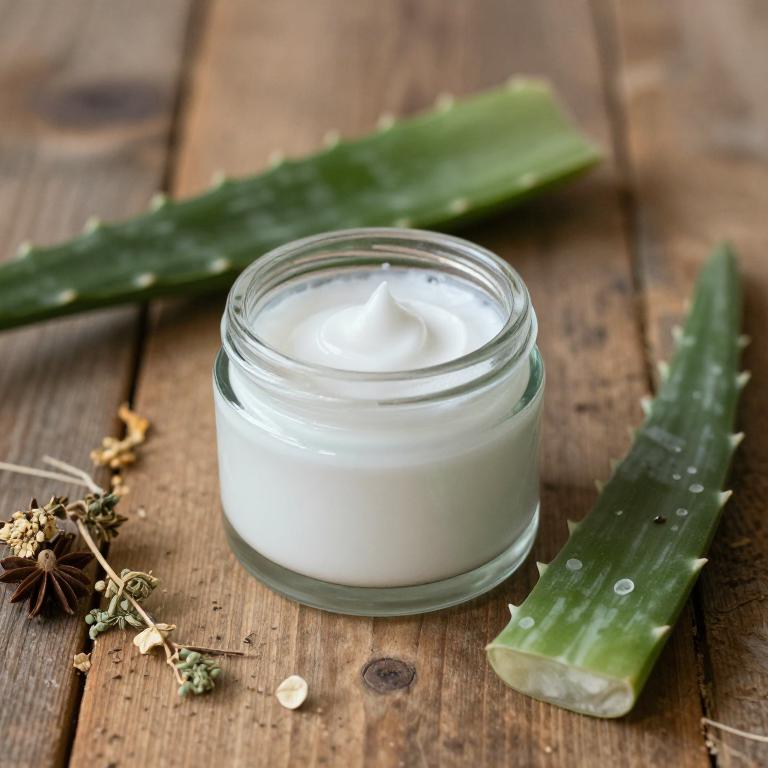
Aloe barbadensis, commonly known as aloe vera, is widely used in herbal creams for its soothing and healing properties.
These creams are particularly effective for treating rashes, as they contain anti-inflammatory and antimicrobial compounds that help reduce redness, itching, and infection risk. The gel from the aloe plant has a cooling effect on the skin, providing immediate relief from irritation and discomfort. Aloe-based creams are often preferred for their natural ingredients, making them a safe option for sensitive skin.
Regular application can promote faster healing and prevent scarring, making them a popular choice in natural skincare remedies.
2. Calendula officinalis

Calendula officinalis, commonly known as pot marigold, is a popular herbal ingredient used in the formulation of creams for treating rashes.
These creams are valued for their anti-inflammatory, antiseptic, and soothing properties, which help reduce redness, irritation, and discomfort associated with various types of skin rashes. The active compounds in calendula, such as flavonoids and triterpenoids, contribute to its ability to promote skin healing and enhance the skin's natural barrier function. Many over-the-counter herbal creams containing calendula are safe for use on sensitive skin, making them a gentle alternative to synthetic treatments.
However, it is advisable to perform a patch test before using any new product to ensure there is no allergic reaction.
3. Hypericum perforatum
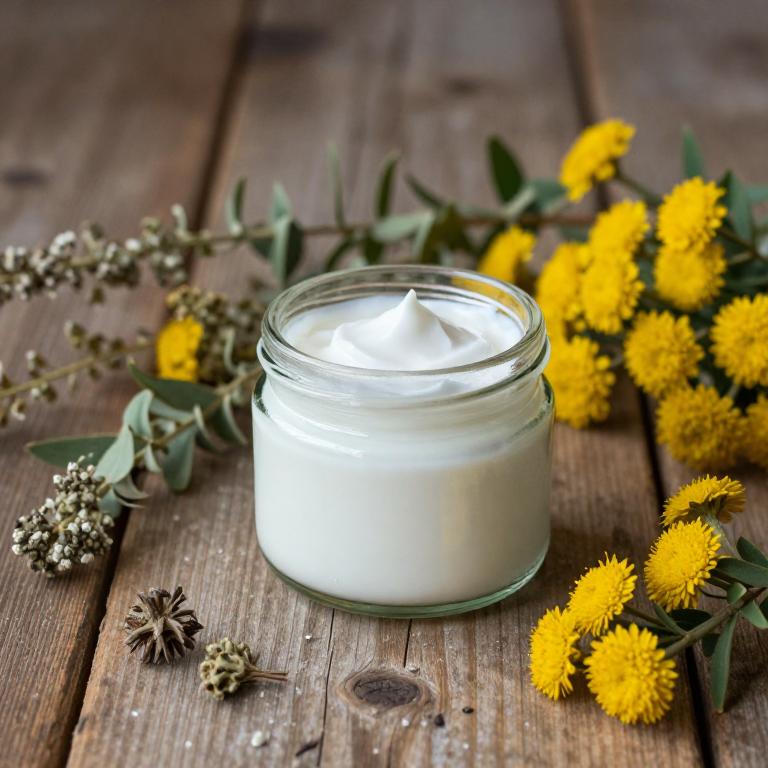
Hypericum perforatum, commonly known as St. John's Wort, is a traditional herbal remedy that has been used for centuries to treat various skin conditions, including rashes.
When formulated into creams, it can provide soothing relief by reducing inflammation and promoting skin healing. The active compounds in hypericum perforatum, such as hypericin and hyperforin, are believed to have antimicrobial and anti-inflammatory properties that help alleviate irritation. These creams are often recommended for mild to moderate rashes, such as those caused by insect bites, eczema, or contact dermatitis.
However, it is important to consult a healthcare professional before use, especially if you are taking other medications, as St. John's Wort can interact with certain drugs.
4. Chamomilla recutita
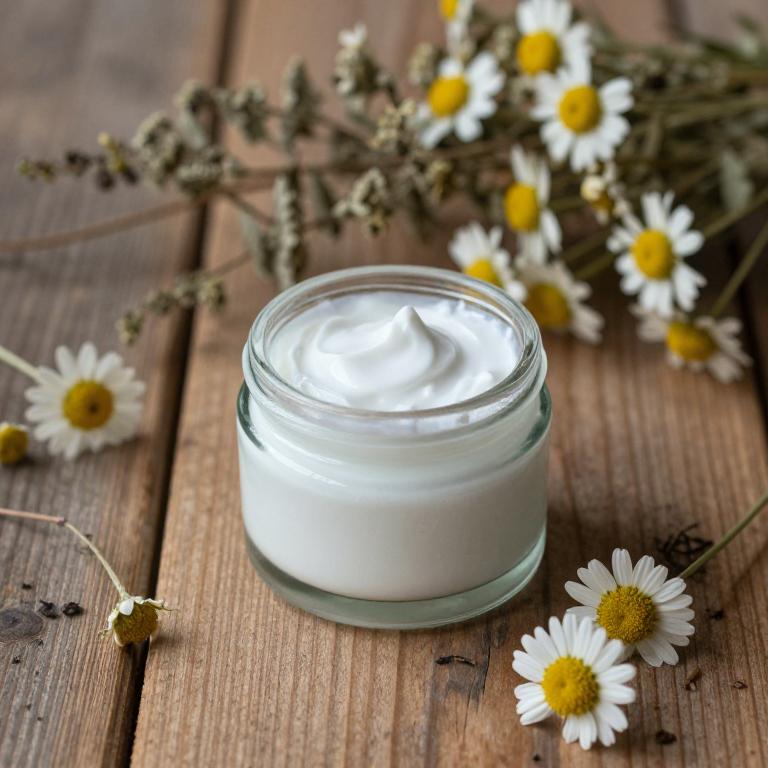
Chamomilla recutita, commonly known as German chamomile, is widely used in herbal creams for its soothing and anti-inflammatory properties.
These creams are often formulated with chamomile extract, which contains compounds like bisabolol and flavonoids that help reduce skin irritation and redness. They are particularly effective for treating rashes caused by eczema, insect bites, or minor skin inflammations. The calming effect of chamomile can also provide relief from itching and promote skin healing.
Due to its gentle nature, chamomilla recutita herbal creams are suitable for sensitive skin and can be used as a natural alternative to conventional treatments.
5. Zingiber officinale
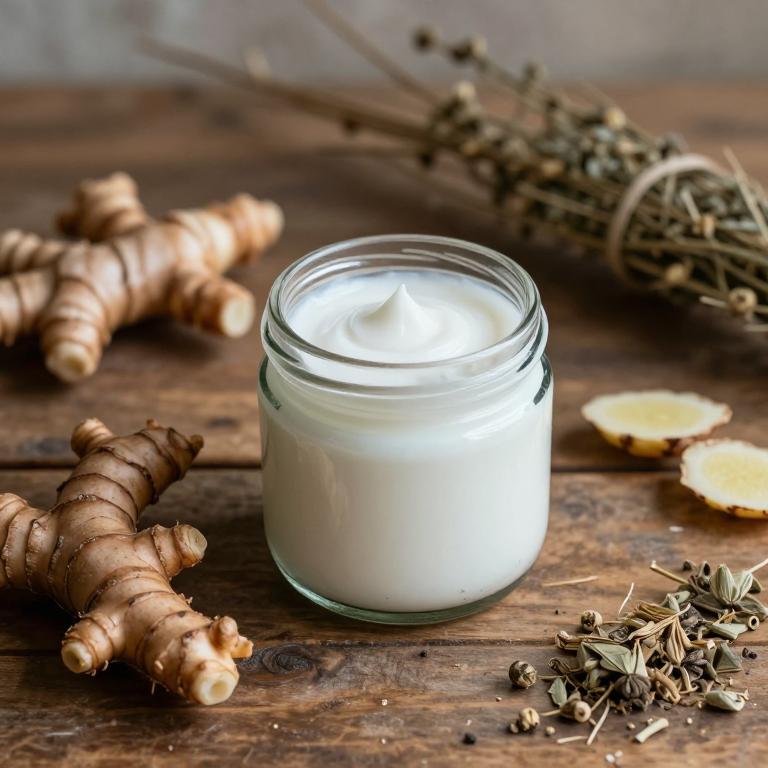
Zingiber officinale, commonly known as ginger, is traditionally used in herbal remedies for its anti-inflammatory and soothing properties.
When incorporated into creams, zingiber officinale can help alleviate skin irritation and reduce redness associated with rashes. The active compounds in ginger, such as gingerol and shogaol, may help improve circulation and reduce swelling in affected areas. These herbal creams are often favored for their natural ingredients, making them a gentle option for sensitive skin.
However, it is important to perform a patch test before use to avoid potential allergic reactions.
6. Lavandula angustifolia
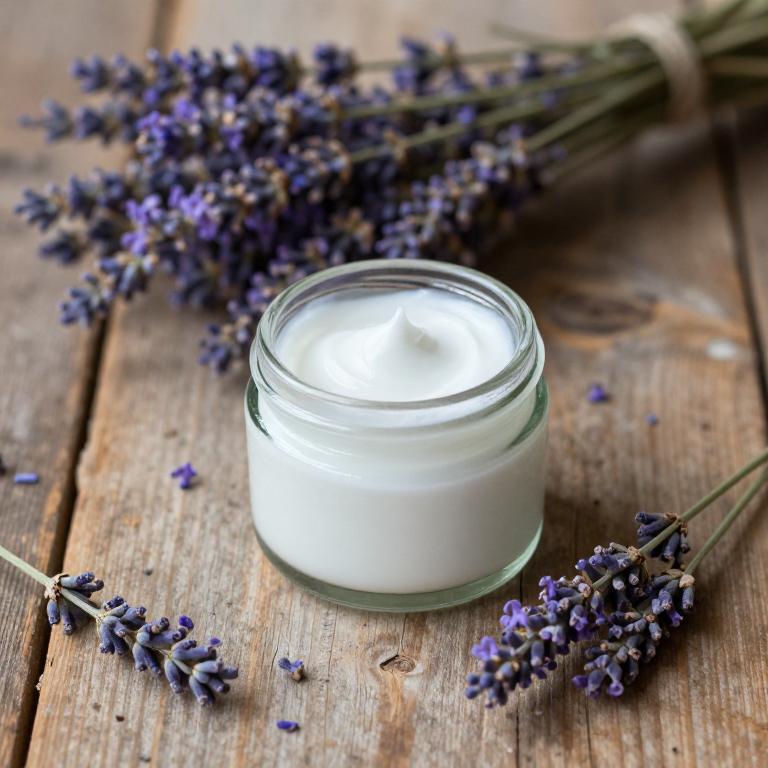
Lavandula angustifolia, commonly known as English lavender, is widely used in herbal creams for its soothing and anti-inflammatory properties.
These creams often contain lavender essential oil, which has been shown to reduce skin irritation and promote healing. The calming aroma of lavender can also help ease the discomfort associated with rashes and provide a sense of relaxation. When applied topically, lavender-based creams may help alleviate symptoms such as redness, itching, and dryness.
However, it is important to perform a patch test before using any lavender product, especially for those with sensitive skin or allergies.
7. Urtica dioica
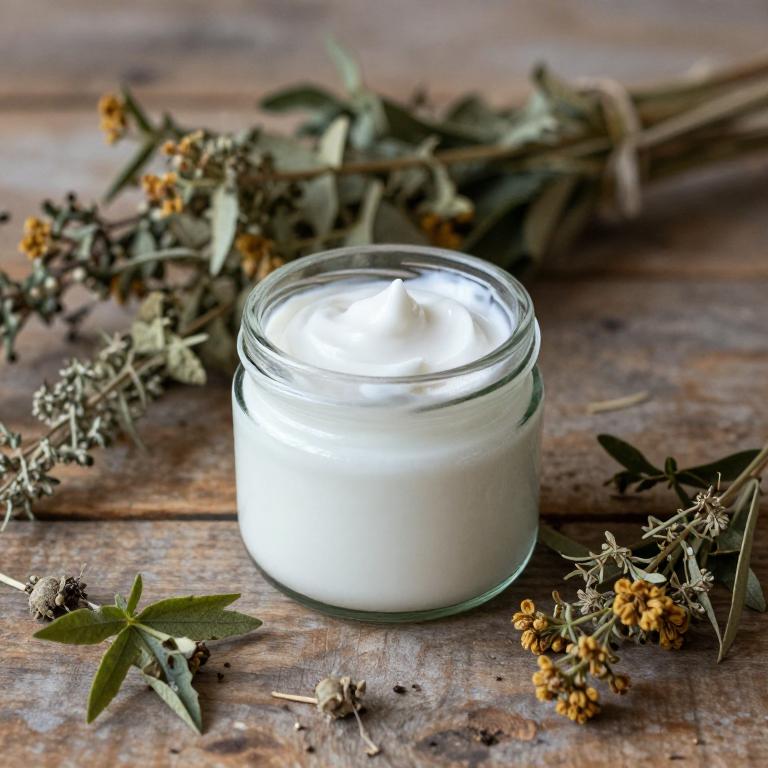
Urtica dioica, commonly known as stinging nettle, is a plant that has been traditionally used in herbal remedies for its anti-inflammatory and soothing properties.
Urtica dioica herbal creams are formulated to provide relief from various skin rashes, including eczema, psoriasis, and insect bites, by leveraging the plant’s natural compounds. These creams often contain extracts of the leaves and roots, which are rich in antioxidants, minerals, and anti-inflammatory agents. The cooling effect of the cream can help reduce itching and irritation, making it a popular choice for natural skincare.
However, it is important to perform a patch test before using any urtica dioica cream to avoid potential allergic reactions.
8. Symphytum officinale
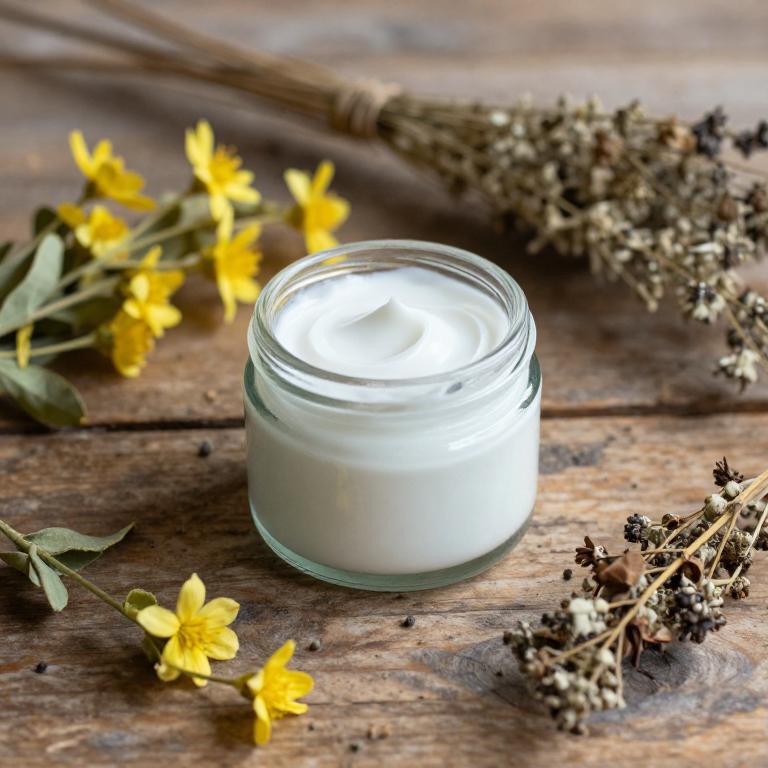
Symphytum officinale, commonly known as comfrey, is a traditional herb that has been used for centuries to create topical remedies for skin conditions such as rashes.
Herbal creams made from Symphytum officinale are often praised for their ability to soothe inflamed skin and promote healing due to the presence of allantoin, a compound known for its skin-soothing properties. These creams are particularly beneficial for individuals suffering from eczema, psoriasis, or insect bites, as they can reduce redness and irritation. However, it is important to note that some forms of comfrey may contain pyrrolizidine alkaloids, which can be toxic if absorbed through the skin, so it is essential to use only high-quality, properly processed comfrey-based products.
As with any herbal remedy, it is advisable to consult a healthcare professional before using Symphytum officinale creams, especially for prolonged or severe skin conditions.
9. Matricaria chamomilla
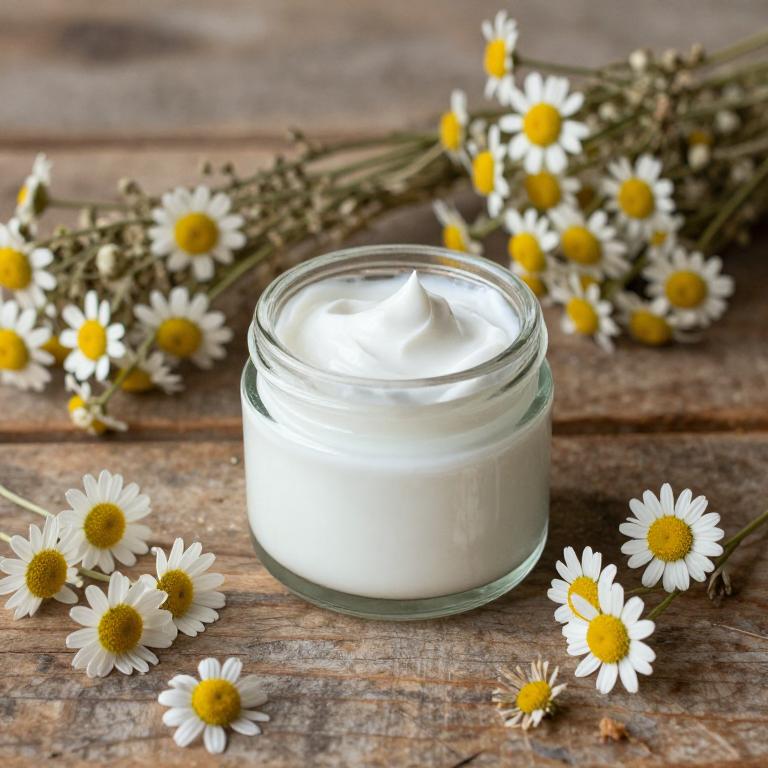
Matricaria chamomilla, commonly known as chamomile, is a popular herbal ingredient used in the formulation of creams for the treatment of rashes.
These creams often contain chamomile extract, which is known for its anti-inflammatory and soothing properties. The active compounds in chamomile, such as bisabolol and chamazulene, help to reduce redness, irritation, and itching associated with various types of rashes. Chamomile-based creams are particularly beneficial for sensitive skin and are often recommended for conditions like eczema, dermatitis, and minor burns.
When applied topically, these creams provide a calming effect and can help promote healing and skin comfort.
10. Echinacea purpurea
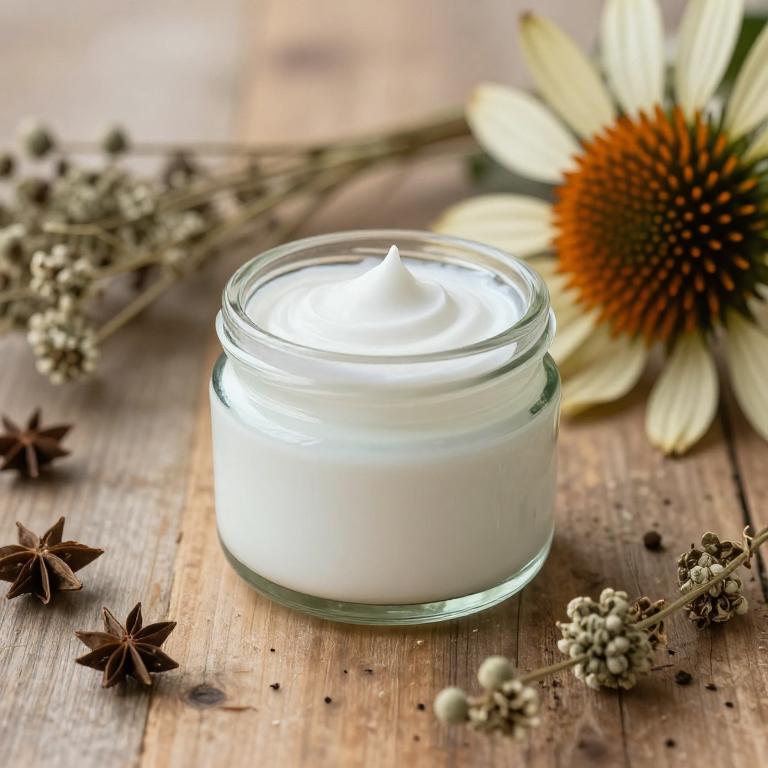
Echinacea purpurea, commonly known as purple coneflower, is a popular herbal remedy often used in the formulation of creams for treating rashes.
These creams typically combine echinacea extract with other soothing ingredients like aloe vera or calendula to enhance their anti-inflammatory and healing properties. The active compounds in echinacea, such as alkamides and caffeic acid derivatives, are believed to support the immune system and reduce skin irritation. When applied topically, echinacea-based creams may help alleviate symptoms of minor rashes, including redness, itching, and inflammation.
However, individuals with allergies to plants in the daisy family should exercise caution when using these products.